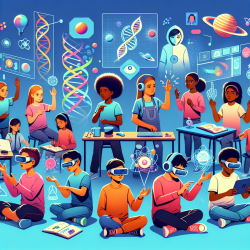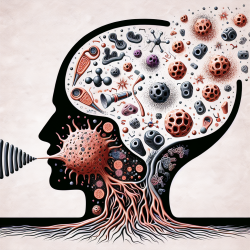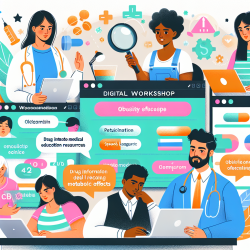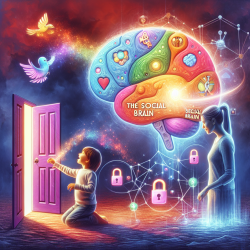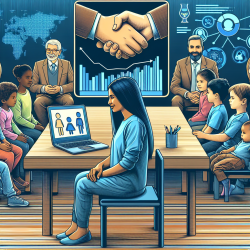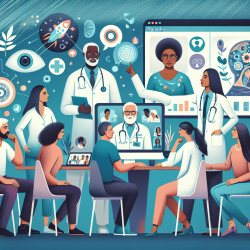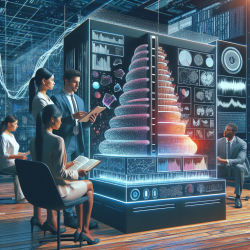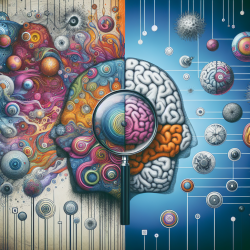Introduction to Embodied Learning
In the ever-evolving landscape of educational technology, the integration of embodied learning and mixed reality has emerged as a promising approach to enhance student engagement and comprehension. The research article "Embodied Science and Mixed Reality: How Gesture and Motion Capture Affect Physics Education" by Johnson-Glenberg and Megowan-Romanowicz (2017) provides valuable insights into the benefits of incorporating gestures and motion capture in teaching abstract concepts like physics.
The Power of Gestures in Learning
The study highlights the significant impact of using gestures and motion capture in educational settings. By engaging students in physical activities that are congruent with the learning material, educators can create a more immersive and interactive learning experience. The research found that students who participated in high-embodied learning activities, where they could manipulate on-screen content using gestures, demonstrated greater learning gains compared to those in traditional text-based settings.
Practical Applications for Educators
For practitioners in the field of education, especially those involved in online therapy services like TinyEYE, the findings of this study offer actionable insights. Here are some practical applications to consider:
- Incorporate Gestures: Design activities that allow students to use gestures to interact with learning materials. This could involve using motion capture technology or simple hand movements to represent abstract concepts.
- Utilize Mixed Reality: Integrate mixed reality environments that combine physical and digital elements to create a more engaging learning experience.
- Focus on Engagement: Encourage active participation by designing lessons that require students to physically engage with the content, thereby enhancing their cognitive processing and retention.
Encouraging Further Research
While the current study provides a strong foundation, there is a need for further research to explore the long-term effects of embodied learning on student outcomes. Practitioners are encouraged to collaborate with researchers to develop and test new methodologies that incorporate gestures and motion capture in various educational contexts.
Conclusion
Embodied learning represents a significant shift in educational practices, offering new opportunities to enhance student engagement and comprehension. By integrating gestures and mixed reality into teaching strategies, educators can create more dynamic and effective learning experiences. As we continue to explore the potential of these innovative approaches, it is essential to remain committed to data-driven decision-making and evidence-based practices.
To read the original research paper, please follow this link: Embodied science and mixed reality: How gesture and motion capture affect physics education.
